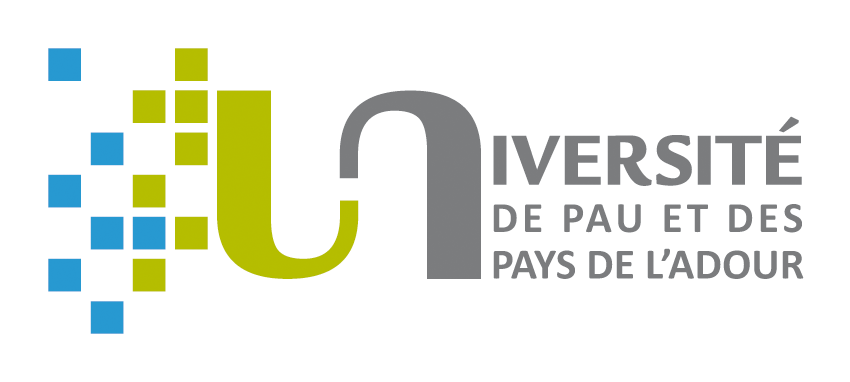Resource rent tax: its principles, application and need for change in Australia
Résumé
The resource rent tax (RRT) is a concept that was conceived in the 20th century and underpins the petroleum resource rent tax (PRRT), a federal legislation in Australia for taxing oil and gas. The PRRT is levied on mineral extraction from the multi-billion dollar offshore petroleum industry. The narrative method is used to recount the emergence of the RRT concept, developed by Ross Garnaut and Anthony Clunies Ross in the 1970s. This article considers the adequacy of the RRT concept and its underlying principles, with a focus on its application to gas via the PRRT. The RRT concept was first developed in the 1970s for Papua New Guinea, and since the 1980s has been applied in Australia. This article finds that the RRT, and consequently the PRRT, is not achieving its policy and fiscal objectives, and there have been no major developments to meet modern concerns about the energy sector and issues such as climate change. This reflection on the RRT and its impact on the PRRT is therefore timely and significant. This research contributes to the debate about the effectiveness of the RRT concept for gas in Australia, and the need for change. A new set of guiding principles for change is needed, and we advance energy justice for this purpose.
